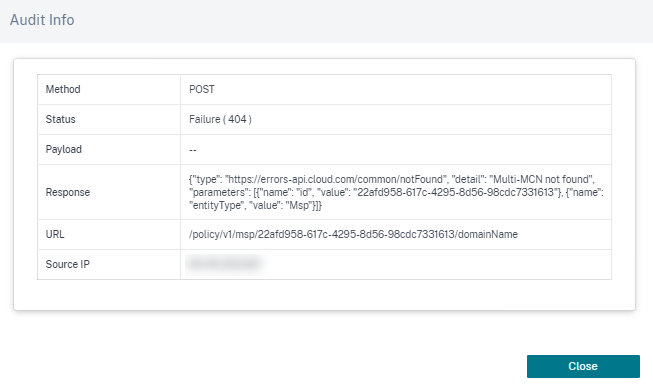-
-
-
Fehlerbehebung beim Anbieter
-
This content has been machine translated dynamically.
Dieser Inhalt ist eine maschinelle Übersetzung, die dynamisch erstellt wurde. (Haftungsausschluss)
Cet article a été traduit automatiquement de manière dynamique. (Clause de non responsabilité)
Este artículo lo ha traducido una máquina de forma dinámica. (Aviso legal)
此内容已经过机器动态翻译。 放弃
このコンテンツは動的に機械翻訳されています。免責事項
이 콘텐츠는 동적으로 기계 번역되었습니다. 책임 부인
Este texto foi traduzido automaticamente. (Aviso legal)
Questo contenuto è stato tradotto dinamicamente con traduzione automatica.(Esclusione di responsabilità))
This article has been machine translated.
Dieser Artikel wurde maschinell übersetzt. (Haftungsausschluss)
Ce article a été traduit automatiquement. (Clause de non responsabilité)
Este artículo ha sido traducido automáticamente. (Aviso legal)
この記事は機械翻訳されています.免責事項
이 기사는 기계 번역되었습니다.책임 부인
Este artigo foi traduzido automaticamente.(Aviso legal)
这篇文章已经过机器翻译.放弃
Questo articolo è stato tradotto automaticamente.(Esclusione di responsabilità))
Translation failed!
Problembehandlung - Anbieter
Auf der Seite Anbieterüberwachungsprotokolle werden Protokolle auf Anbieterebene und Geräteprotokolle angezeigt, sodass eine schnelle
Überwachungsprotokolle
Überwachungsprotokolle erfassen die Aktion, die Zeit und das Ergebnis der von den Anbietern ausgeführten Aktion. Navigieren Sie zu Fehlerbehebung > Überwachungsprotokolle, um die Seite Provider-Fehlerbehebung: Audit-
Auf der Seite Provider Audit-Protokolle werden die folgenden Informationen angezeigt:
- Suchleiste: Suchen Sie anhand eines Schlüsselworts nach einer Auditaktivität.
-
Filteroptionen: Führen Sie eine Auditprotokollsuche durch, indem Sie anhand der folgenden Kriterien filtern:
- Benutzer
- Feature
- Zeitbereich
- Als CSV exportieren: Wenn Sie auf diese Option klicken, werden die Einträge des Überwachungsprotokolls in eine CSV-Datei exportiert.
-
Audit-Info: Wählen Sie das Symbol in der Spalte Aktion aus, um zum Abschnitt Audit-Info zu navigieren. Dieser Abschnitt enthält die folgenden Informationen:
- Methode: HTTP-Anforderungsmethode der aufgerufenen API.
- Status: Ergebnis der API-Anfrage.
- Payload: Hauptteil der Anfrage, die über die API gesendet wurde.
- Antwort: Fehlerantwort, wenn die API-Anfrage fehlschlägt. Dieses Feld wird nur angezeigt, wenn die API-Anfrage fehlschlägt.
- URL: HTTP-URL der widerrufenen API.
-
Quell-IP: Die IP-Adresse des Endpunkts, von dem aus die Funktion konfiguriert wurde. Dieses Feld wird auf der Seite Audit-Logs und der Audit-Info-Seite angezeigt.

-
Payloads protokollieren: Diese Option ist standardmäßig deaktiviert. Wenn diese Option aktiviert ist, wird der Anforderungstext der API-Nachricht im Abschnitt Audit-Info angezeigt. Weitere Informationen zur API finden Sie im API-Handbuch für Citrix SD-WAN Orchestrator.

Teilen
Teilen
In diesem Artikel
This Preview product documentation is Cloud Software Group Confidential.
You agree to hold this documentation confidential pursuant to the terms of your Cloud Software Group Beta/Tech Preview Agreement.
The development, release and timing of any features or functionality described in the Preview documentation remains at our sole discretion and are subject to change without notice or consultation.
The documentation is for informational purposes only and is not a commitment, promise or legal obligation to deliver any material, code or functionality and should not be relied upon in making Cloud Software Group product purchase decisions.
If you do not agree, select I DO NOT AGREE to exit.